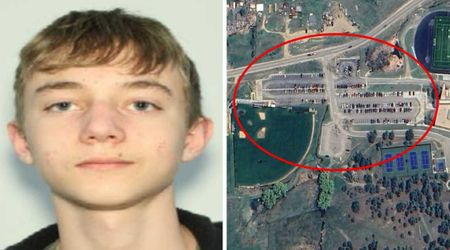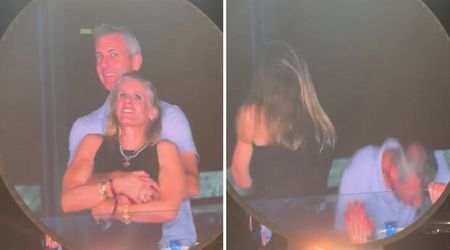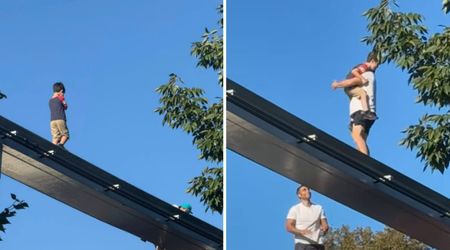Pilots of jet shouted, swore and tried last-minute maneuver before deadly Black Hawk collision
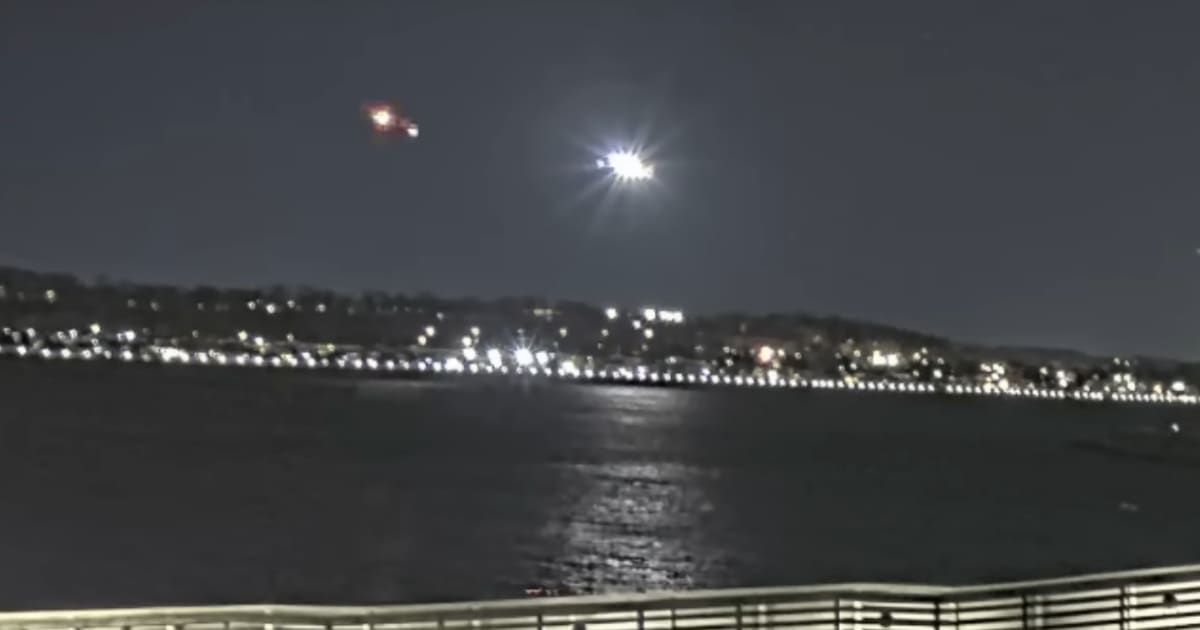
WASHINGTON, DC: It was just another routine night over the Potomac, until it turned into one of the deadliest aviation disasters in US history.
A US Army Black Hawk helicopter and an American Airlines passenger plane collided in the skies near Washington, DC, on January 29, killing all 67 people aboard. Now, cockpit recordings released by the National Transportation Safety Board paint a grim picture of what went down moments before impact.
The military crew thought they had it under control. The airline pilots had no idea what was coming.
New cockpit audio reveals pilots' doubts and last-second panic before fatal DC midair collision
The newly released cockpit transcript from American Airlines Flight 5342 reveals that Captain Jonathan Campos and First Officer Sam Lilley weren’t thrilled about landing on Runway 33 that night.
“I really don’t want to, but I guess, uhhh tell ‘em–” one pilot says. The other starts to chime in, “I mean I can just tell ‘em–," before the first cuts back in, “Nah, it’s fine, we got the numbers for it, yeah, tell ‘em we’re fine, we’ll do 3-3, we’ll do it.”
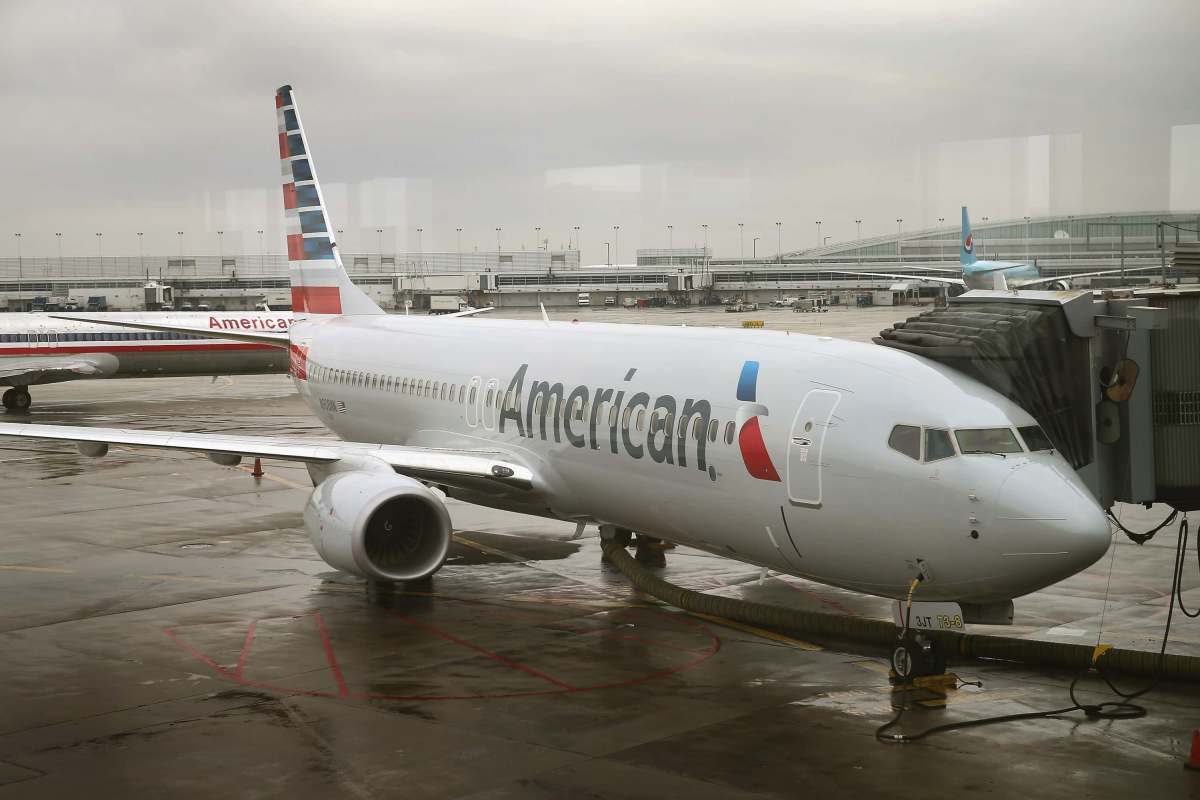
They’d been cleared for that approach just five minutes before the collision, coming in from Wichita, Kansas. For a few minutes, everything seemed normal.
But twenty seconds before impact, the aircraft’s traffic collision alert system is heard saying, “traffic, traffic.” They were flying blind, with no knowledge that a Black Hawk was trying to sneak around them in the crowded DC airspace.
One second before disaster struck, a click is heard in the cockpit. One pilot mutters, “Oh,” then swears. The other pilot yells, “Ohhhh ohhhh.”
Black Hawk crew misjudged altitude in fatal attempt to dodge jet
The Army Black Hawk was flown by Capt Rebecca Lobach, heading back to Fort Belvoir in Virginia. She and her two-person crew did know about the incoming jet. In fact, they were warned multiple times and received clearance from air traffic control to attempt a “visual separation."
Rather than ordering the chopper to hover or hold position, they tried to pass behind the jet manually.
The helicopter’s altitude readings may have been off due to faulty instruments, the NTSB noted, and it’s unclear if the crew realized they had gone above the 200-foot ceiling they were supposed to stay under. Chief Warrant Officer 2 Andrew Eaves, Lobach’s instructor, did warn her at one point to “come down.”
But she pressed on. And just as the airliner was unknowingly climbing, the chopper moved in for the visual dodge. They never made it.
Investigators cite risky maneuver, faulty data, and ATC errors in deadly midair collision
The crash that followed sent shockwaves across the nation.
The NTSB began hearings on the incident on July 30, and they’re expected to run through August 1. Thousands of pages of records from the probe have been released, giving the public its first real look at what went wrong in the sky that night.
Investigators have zeroed in on a trio of troubling factors, unclear altitude readings on the chopper, air traffic control’s green-lighting of a risky visual maneuver, and an ongoing military practice of flying perilously close to commercial jets in the DC airspace.
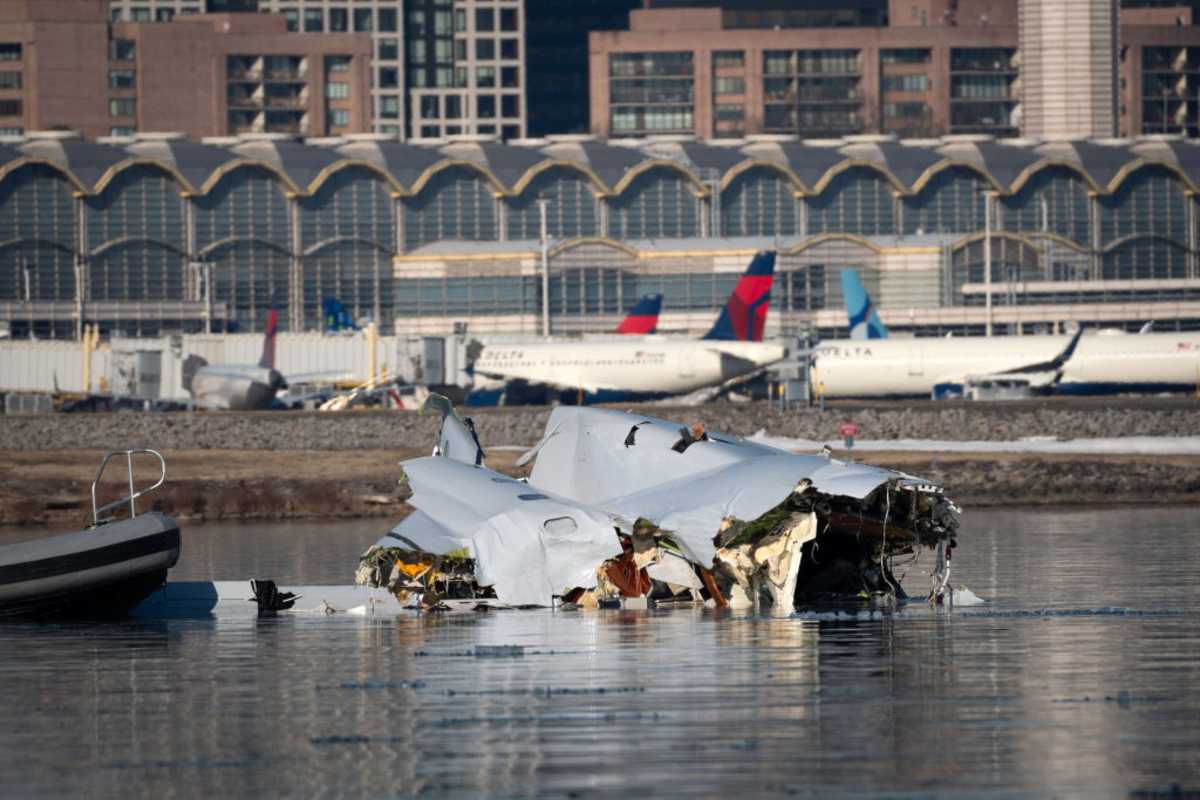
Flight 5342 was carrying 64 passengers and crew. The Black Hawk had three aboard. No one survived.
According to earlier NTSB briefings, Flight 5342 was “beginning to increase its pitch” before the crash, possibly trying to escape.
Jet pilot carried father’s NYPD badge, co-pilot was planning wedding
Captain Jonathan Campos's father, a New York City cop, died when Campos was just 9 years old. According to the Transportation Security Administration, Campos “often traveled with his father’s badge and even had a tattoo of the badge with number 4935 on his right shoulder.”
In a statement issued in February, the TSA honored Campos’ “outstanding legacy of leadership and duty to others.”
His co-pilot, Sam Lilley, was planning his wedding before the crash shattered everything, according to People.
“I was so proud when Sam became a pilot,” his father, Tim Lilley, wrote on Facebook in January. “Now it hurts so bad I can’t even cry myself to sleep."
This article contains remarks made on the Internet by individual people and organizations. MEAWW cannot confirm them independently and does not support claims or opinions being made online.

